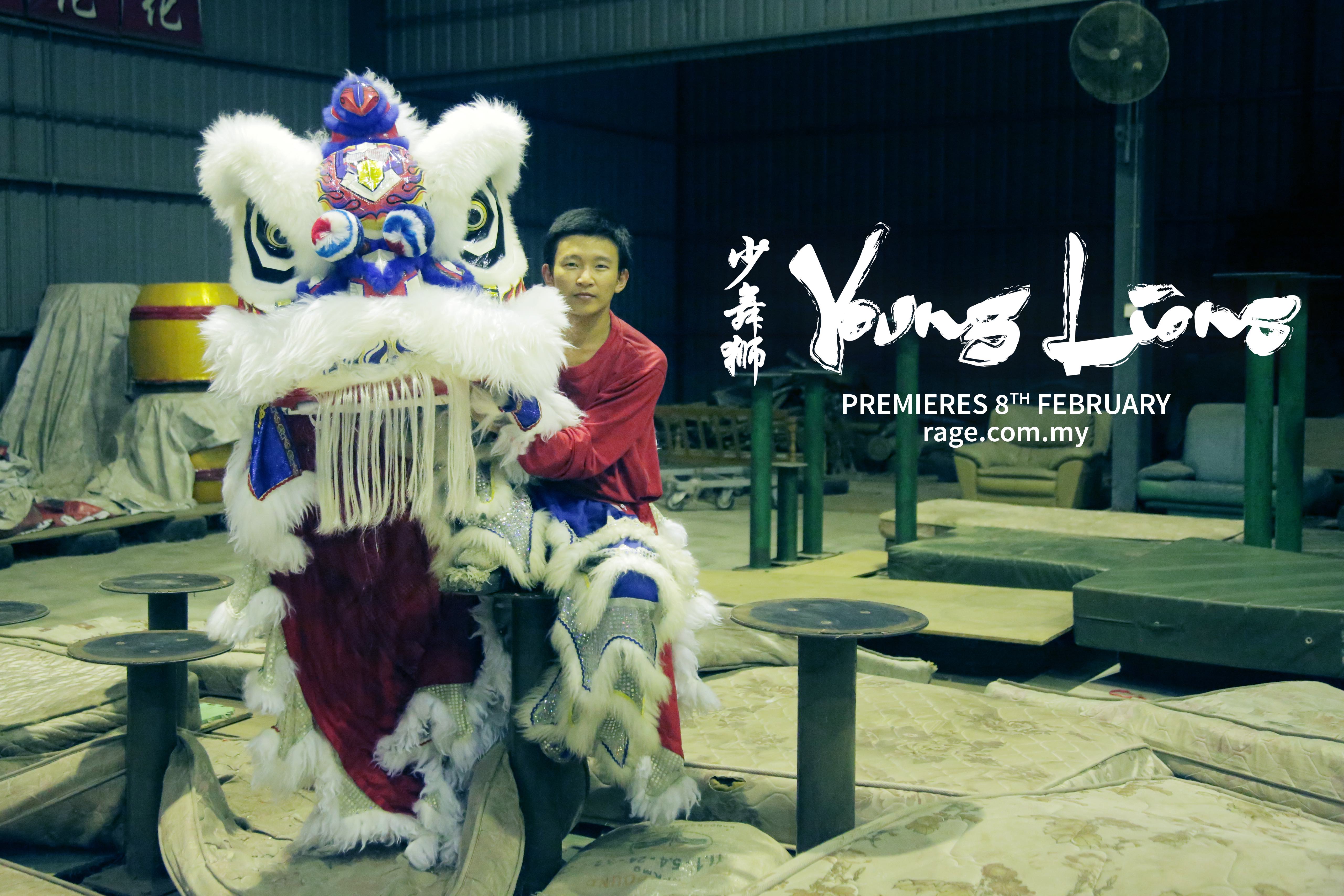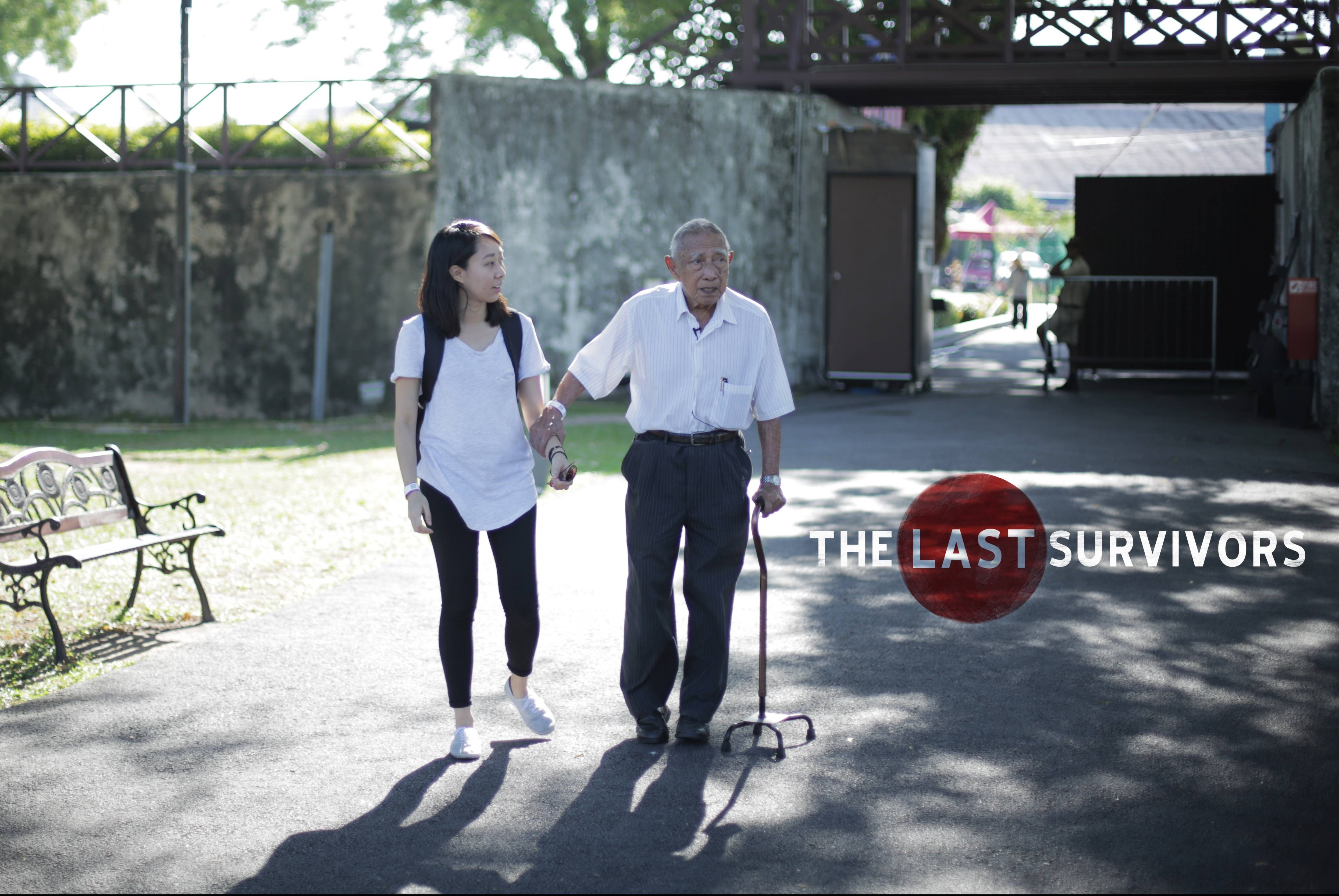By NURILKARIM RAZHA
fb.com/thestarRAGE
SOUTH East Asian food has always been known to pack a punch. More elements of our cuisine are making their way into high-end restaurants and hipster food trucks around the world.
Fueled by the curiosity of many up-and-coming chefs wanting to get their hands on “exotic” Asian produce, I’m proud to say that our cuisine is getting more recognition than ever.
But maybe it’s time to shine the limelight on the healthier aspects of our traditional food. Not many people know this, but most traditional Malaysian diets were actually very green, at least they were before all the mediocre kedai mamak and nasi kandar chains started popping up.
The lamp-lit family spreads of old featured heaps of ulam, kerabu and lightly boiled vegetables alongside funky pastes of grated coconut, roasted shrimps, finely sliced serai, lime juice, galangal and sambal belacan.
Most of these ingredients were grown in the village garden or gathered from forests, wetlands and river banks.
Ulam is becoming increasingly popular around Asia, thanks to celebrity chefs like Kiran Jethwa and Luke Nguyen who have turned away Euro-style richness and committed themselves to the new wave of greens gathered from the wild.
Cooking shows and books are focusing less on the actual recipes and more on the sources of unique produce.
Yet, many of our young chefs aren’t very well versed with these luscious wild dishes and their ingredients.
Take ulam, for example. I know chefs who are unaware that most (if not all) of the ulam sold in markets are still foraged by local Malay villagers who trek into jungles every day. The young chefs in Malaysia need to know these things.
These chefs will be the ones pushing the local food scene forward, and to do that, they need to improve their culinary awareness. They need to know what grows around them, and what health benefits they contain.
There have been many culinary movements which have changed restaurant businesses around the world, such as the “farm-to-table” concept, where vegetables and herbs are grown in the restaurant itself. Some even have a beehive on the roof, and they know exactly where the livestock is reared.
Locally, I think as students leave culinary school, they must try to develop a passion for exploring the wide variety of our local produce. They need to be challenged to find new ways to put these ingredients on the plate, in the coolest ways possible.
Instead of a pear and walnut slaw, why not consider a Wing Bean Kerabu?
Speaking of kerabu, it’s kinda like the cousin of ulam; and like proper family, they sit happily side-by-side on the dinner table.
While ulam is always raw or lightly blanched and dipped in sambal belacan, kerabu is a more complex salad made with fruits, vegetables and meat tossed with sauce.
Both ulam and kerabu are staples in any Malay meal, but vary slightly from region to region. Some families add cooked meat like shelled cockles or grilled beef, while others prefer pounded dried shrimp or salted fish.
Traditional Malay foods are losing out to the more aggressively marketed nasi kandar, but if we switch to them we might enjoy a nice change of pace from all the oily food we usually eat in mamak stalls. Our poor arteries will probably send us tear-soaked “thank you” notes as well.
A typical kerabu would start with a base of pounded chili with a little toasted shrimp paste, some shallots, lemongrass, dried shrimp, grated coconut and some ground-up toasted rice grains – a good alternative for those with nut allergies.
From here you can choose to add thinly sliced belimbing buluh (super-tangy baby starfruits that make a great lime alternative), beansprouts, banana hearts, bamboo shoots, green jackfruit, chopped ulam leaves or even grated watermelon rinds.
You can either add lime juice or tamarind towards the end and finish with a splash of coconut cream, garnished with sliced kantan.
If this doesn’t give you an idea of the unique and endless possibilities you have with kerabu, here’s another idea – add some crispy buffalo skin or boiled beef tripe in a spicy tamarind and belacan marinade! The sweet-sour flavours cuts through the meatier ones, and the slow heat of the chilies keeps things interesting.
Last but not least are the Peranakan Chinese and Jawi Peranakan communities, adding their own twists and turns by adapting techniques borrowed from elders over many generations.
The Peranakans have added fragrance to the kerabu by tossing in ingredients like sesame seeds and daun kaduk.
Malaysia has also invented the king of all kerabu – Yee Sang, only enjoyed during Chinese New Year with an incredible concoction of contrasting flavours. Derived from many ethnic roots, it is one of our best examples of an inter-communal celebratory salad and the ritual of tossing it together creates goodwill and messy fun.
This is our traditional food. We shouldn’t wait for famous Western chefs to popularise it in their “Asian food made simple” cooking shows. Let’s just do it ourselves. Preserving our ulam and kerabu isn’t just a cultural responsibility, but also a tasty indulgence we deserve. Malaysians, don’t just eat your food – love it as well.
Nurilkarim is the winner of the R.AGE Food Fight and our upcoming webseries, The Local Kitchen. For more of his stories, go to rage.com.my.





Tell us what you think!